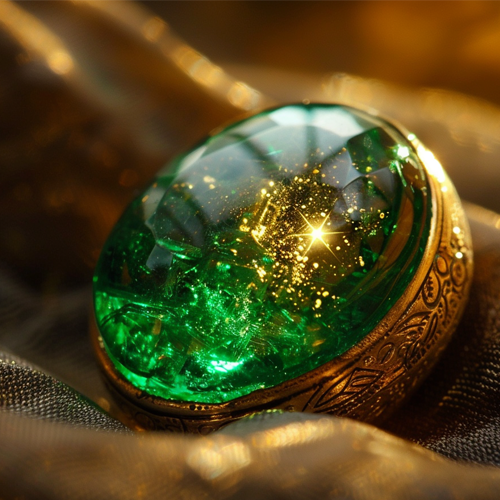The Eye of the Serpent is among the most enigmatic and sought-after artifacts in human history. The Great Serpent appears in myths and legends across cultures, each civilization shaping its own stories around this divine being. The Eye is said to be the stone that contains the true history of these civilizations. From the Peruvians, the Scots, and the Vikings, to the Romans and the Greeks, each culture has its own Eye of the Serpent, a vessel through which the Great Serpent witnesses the unfolding of time.
The Peruvian Eye of the Serpent is said to rest at the bottom of a cenote, hidden where Kukulacán himself keeps it safe. It is more than just an artifact—it is a living record of Incan history, capable of projecting the past like a hologram for the one who is destined to wield its power. Those who gaze into the emerald depths of the Eye can see the rise and fall of the Inca civilization, the whispers of forgotten gods, and the truths buried beneath centuries of deception.
Ancient texts recovered near Machu Picchu describe the Eye’s role in rituals performed by the Jaguar Priests, an elite sect of Incan mystics. These priests were believed to commune with Kukulacán himself, seeking divine guidance during times of crisis. The Eye was not only a source of wisdom but a protector of those who possessed it. However, the power to unveil history came with a heavy price. Those who were unworthy or unprepared to wield it often found themselves consumed by its knowledge, unable to distinguish between the present moment and the endless eons of history unfolding before them. It is said that only those with a pure heart and unwavering focus can wield the Eye without succumbing to madness.
The artifact’s journey through history is as storied as its mystical properties. Spanish conquistadors sought the Eye during their invasion of South America, lured by tales of its immense power. Yet long before their arrival, the Jaguar Priests went to extraordinary lengths to protect the Eye. Legends speak of the priests using the artifact’s own power to cast illusions and mislead those who would seek it for selfish ends. However, the priests themselves fell to temptation. As their thirst for power grew, they sought to resurrect Pachacuti, the founder of the Inca Empire, using the Eye’s energy. In response, the Eye was taken from them, hidden away to ensure it would never be used for dark magic.
The Eye of the Serpent resurfaced briefly in the late 19th century, when a team of explorers claimed to have seen its ethereal glow deep within a cenote. However, their expedition ended in tragedy, with only one survivor returning to recount tales of jaguar-like figures hunting them through the jungle. In modern times, archaeologists and treasure hunters have sought the Eye, yet none have succeeded in retrieving it. Those who venture too close describe strange phenomena—a feeling of tranquility that pulls them into another realm, as if the Eye itself were testing their resolve.
The artifact’s allure is undeniable, not only for its mystical qualities but also for the cultural legacy it represents. As an embodiment of Incan spirituality and divine power, the Eye of the Serpent remains a symbol of humanity’s endless quest for knowledge and the delicate balance between ambition and humility. To this day, it remains hidden, a tantalizing enigma, shrouded in mystery and protected by forces beyond comprehension.



